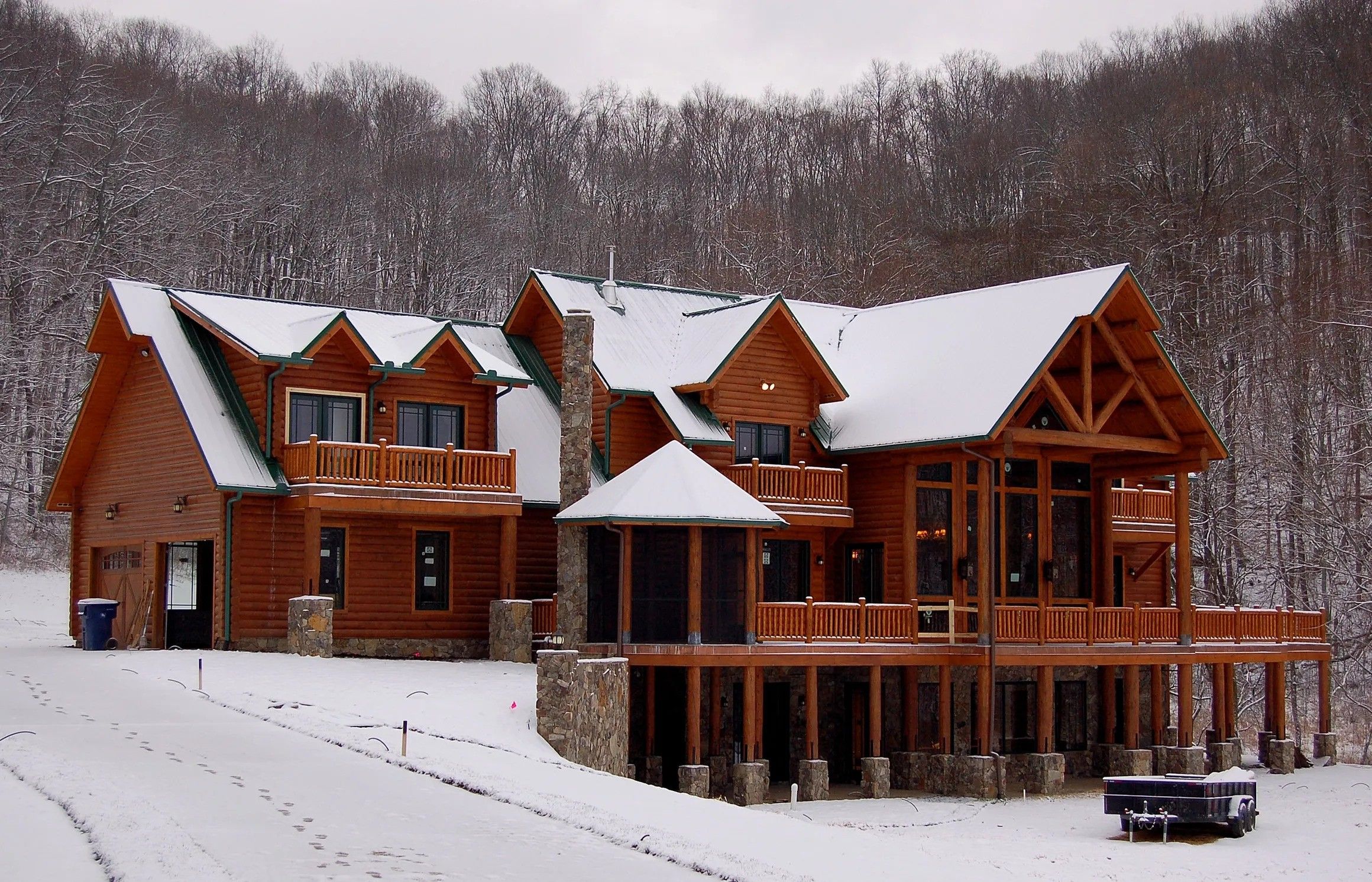So...how are builders actually paid???
There are basically three methods for contracting the price that you pay for the house: turn key price, cost plus a percentage, and cost plus a fixed fee.
Turn key price
Some builders offer what is called in the industry a "turn key price". This means that a price is locked in for the total house and it is up to the builder to stay within that budget and make enough money in the end to stay in business. You are guaranteed a house for that price.
| Pros | Cons |
|---|---|
| You know your bottom line price. | Limited selections. |
| Less day to day involvement. | Need to define selections or allowances prior to finalizing contract so you aren't surprised when it's not what you want. |
| Won't be hurt by big changes in the market (e.g., lumber prices rise). | Can't be helped by big changes in the market (e.g., drywall prices fall). |
| You won't be as tempted to go over budget because change orders are less convenient. | Change orders typically more expensive and less convenient. |
| You don't have to worry about staying on top of all the costs involved in building the house. | You don't get to see any of the costs involved in building the house. |
| — | Typically, most houses are more simplistic or generic in design and nature. |
Cost plus a percentage
With this method, you will pay the builders for all direct costs associated with building your house plus a pre-determined percentage of all those costs as his/her builder fee. For example, if all the products and services needed to build your house end up at $100,000, and your builder's fee is 15%, then you will pay $115,000 for the total job (i.e., $100,000 to pay for products and services plus $15,000 to the builder for his/her fee).
| Pros | Cons |
|---|---|
| You will be able to monitor your costs as they come in. | The builder has no incentive to help you control costs since the more you spend the more he/she will profit. |
| Change orders are easier to make. | Change orders are easier to make. |
| You will have more time to make your selections throughout the job. | You will have to monitor your allowances on your selections more carefully to keep from going over budget. |
| More selections to choose from. | Time it takes to sort through all of the options for your selections. |
Remember: In this scenario, most builders consider any costs associated with the job – especially if it is on their watch – part of the "COST." For example, if there is an interior designer who provides paint colors and paint and wallpaper, the builder will add a percentage onto that cost even if he/she is not directly paying for those items. This could become a source of friction between you and your builder. Make sure that everyone understands exactly how the formula is applied to each item before you get started.
Cost plus a fee
In this type of building relationship, the builder is reimbursed for direct costs associated with the project as in the scenario above, but he/she is paid a flat fee for building the house as opposed to a percentage. In this method, the scope of work must be more defined than in the cost plus a percentage scenario so that the builder can determine his/her fee. For example, if you add a significant portion to the project (e.g., finish out a basement area initially intended to be unfinished), the builder would need to be compensated for the additional work. Therefore, the change orders would be more cumbersome than cost plus a percentage.
| Pros | Cons |
|---|---|
| You will be able to monitor your costs as they come in. | Your scope of work must be more defined than the Cost plus a percentage scenario. |
| Change orders are easy to make. | Change orders are easy to make. |
| You will have more time to make your selections throughout the job. | Time it takes to sort through all of the options for your selections. |
| More selections to choose from. | — |
| The builder can become your advocate in controlling costs since his/her fee is unaffected by a decision that would save you money. | — |
Final note
Once you have determined what method you will use to pay for the house and your builder, then your builder should prepare a budget for you. Do not be intimidated or hesitate to ask questions just because the budget seems difficult or doesn't make sense. Remember, it is the builder's responsibility to explain the process he/she used to arrive at these numbers, but it is your money that is being discussed. It is your time that will be invested. It is your dream that is being planned.
